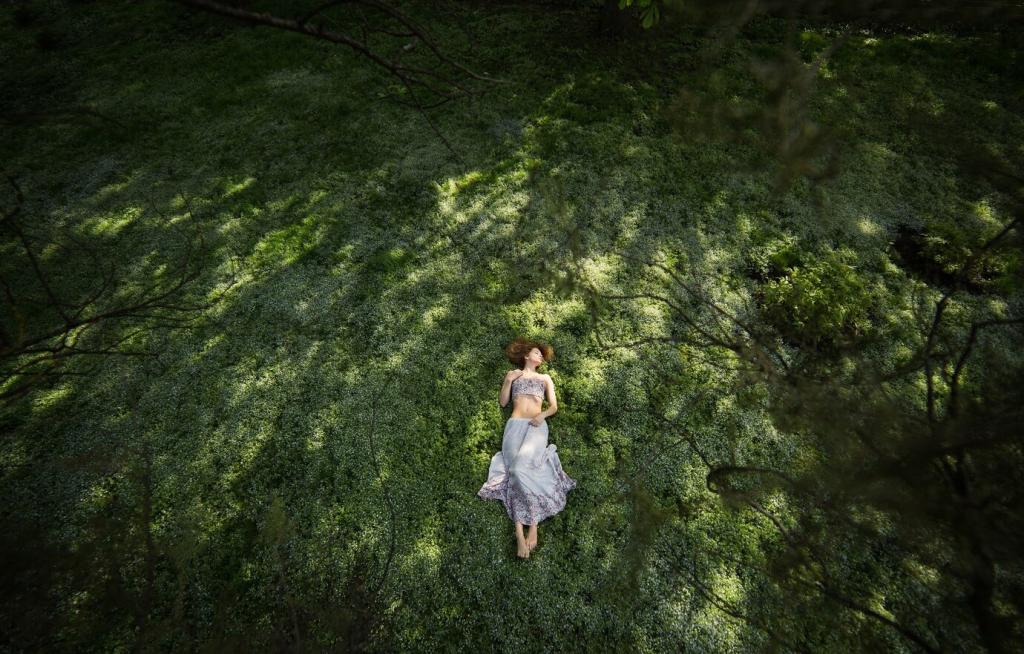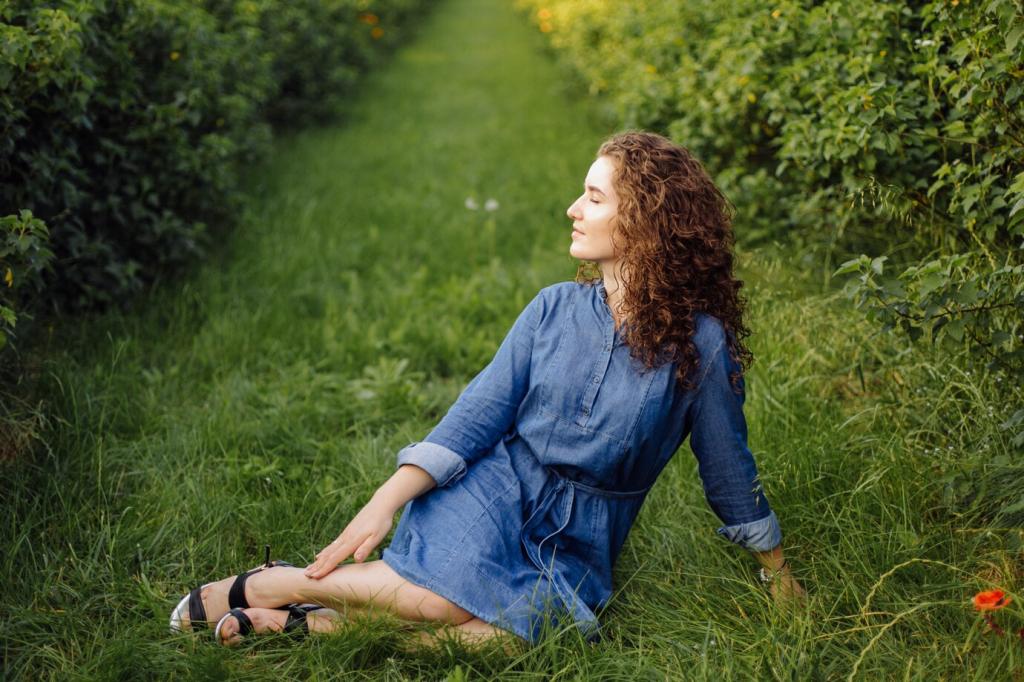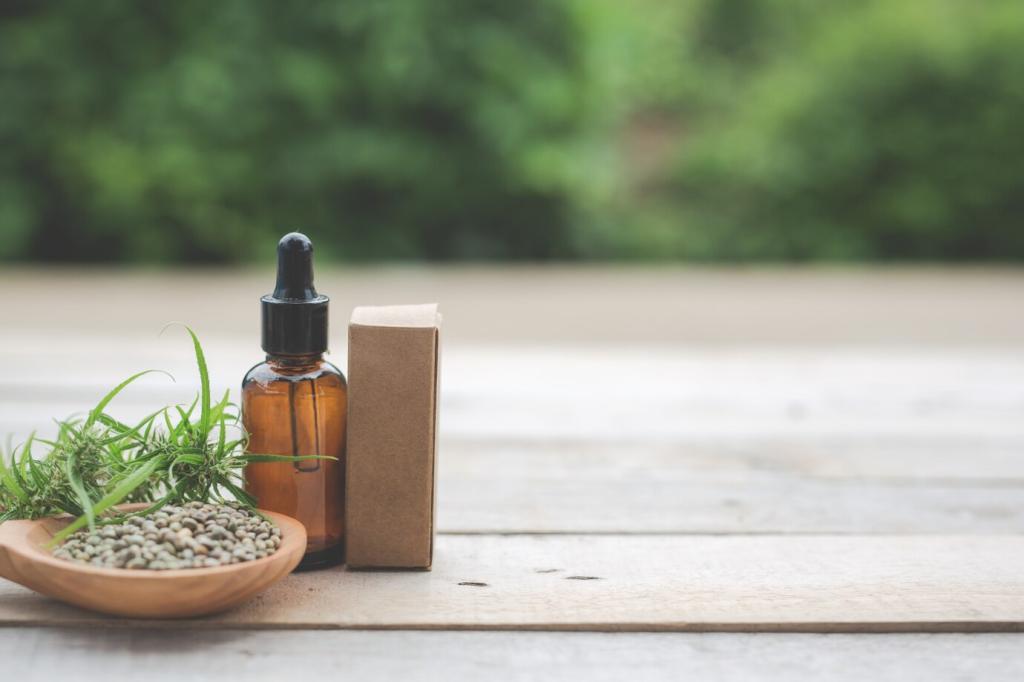Restoring Agency Through Making
Scattered twigs become a deliberate line, then a circle, then a doorway. Watching fragments cohere mirrors inner reorganization, turning overwhelm into structure you can see and trust.
Restoring Agency Through Making
Outlining a shape with pebbles rehearses healthy limits: clear edges, soft centers. Clients often report easier boundary-setting afterward, because the body remembers how clarity felt under fingertips.



